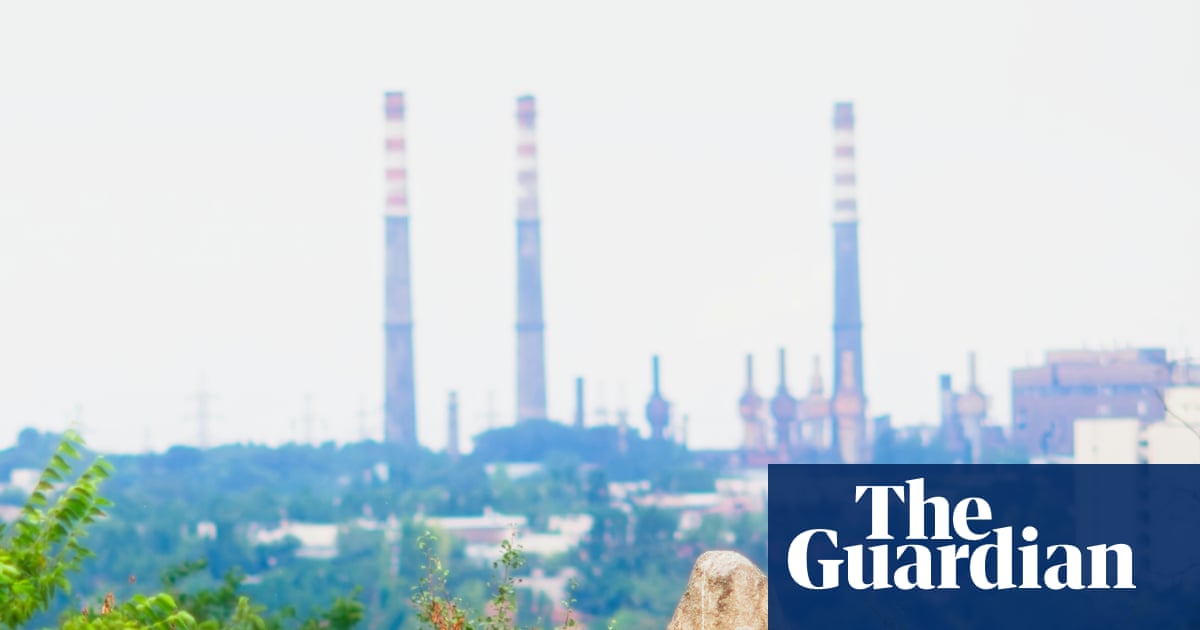
"For most of us, I think our minds go to the pristine. Untouched rainforests, vast savanna grasslands, deep thickets, inaccessible mountains. Somewhere remote, somewhere uncontaminated, somewhere free of the touch of humans. But those visions only represent a tiny fragment of the world's biomes. The vast majority of the natural world including more than 90% of temperate forest has now been occupied by humans for thousands of years."
"We've radically reshaped nature with our presence, often in catastrophic ways. For this week's newsletter, we're looking at the strange ecologies of what happens afterwards. In a new Guardian series, called The aftermath, we're examining how the natural world responds in the wake of enormous change: catastrophes, huge population shifts, eruptions, toxic spills, earthquakes or bombings. For damaged landscapes, what happens when the dust settles? And what can it teach us about how to rehabilitate ecosystems in a time of environmental crisis?"
Visions of pristine wilderness represent a small fraction of Earth's biomes. Humans have occupied and altered the vast majority of temperate forests and many other ecosystems for thousands of years. Human activity has radically reshaped nature, often with catastrophic outcomes. Natural systems respond after enormous disturbances such as catastrophes, population shifts, eruptions, toxic spills, earthquakes, and bombings. Damaged landscapes can develop strange, novel ecologies as the dust settles. Studying these aftermath ecologies can reveal lessons for rehabilitating ecosystems during ongoing environmental crises.
Read at www.theguardian.com
Unable to calculate read time
Collection
[
|
...
]